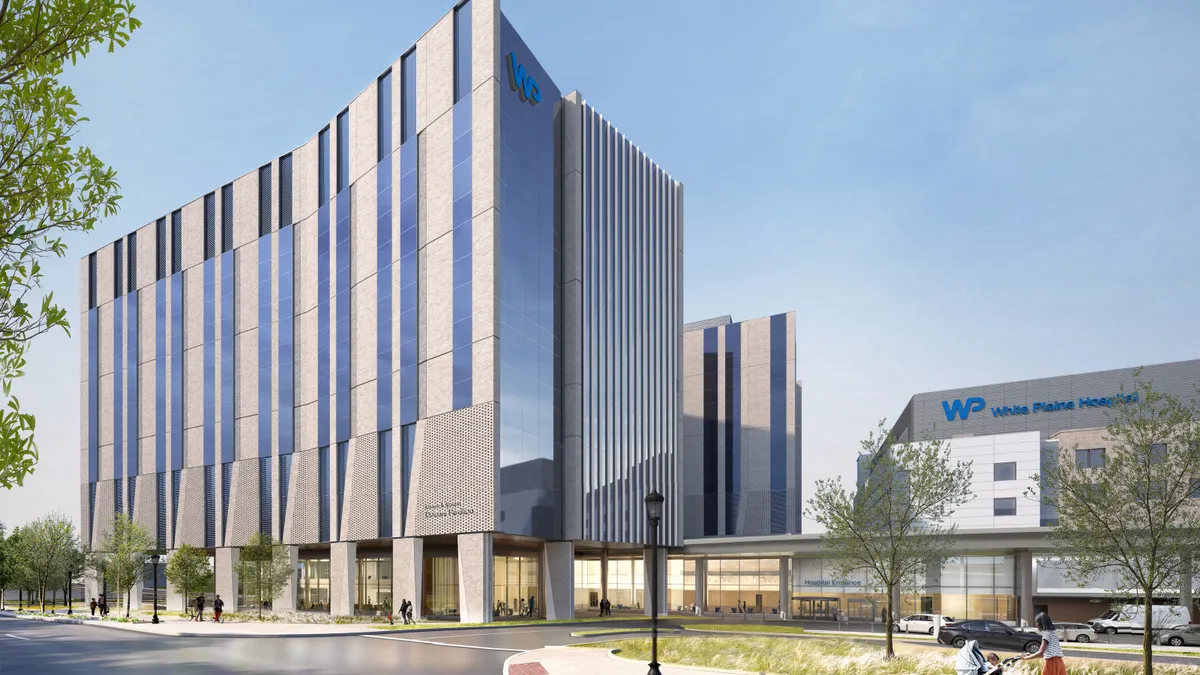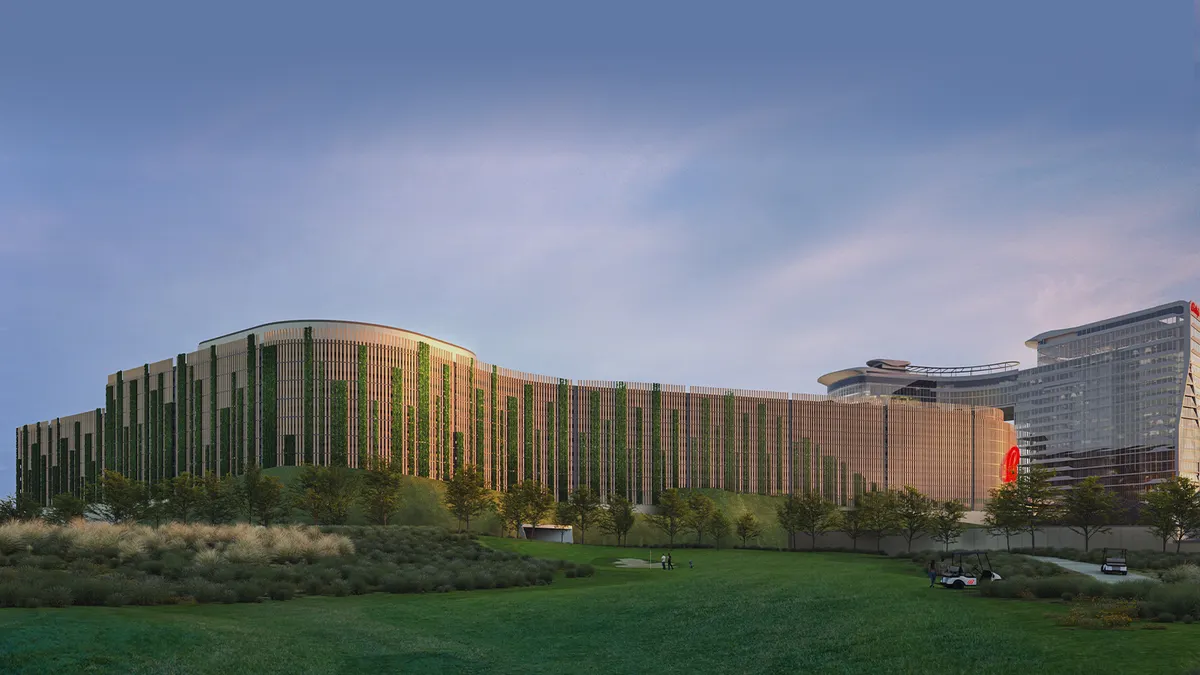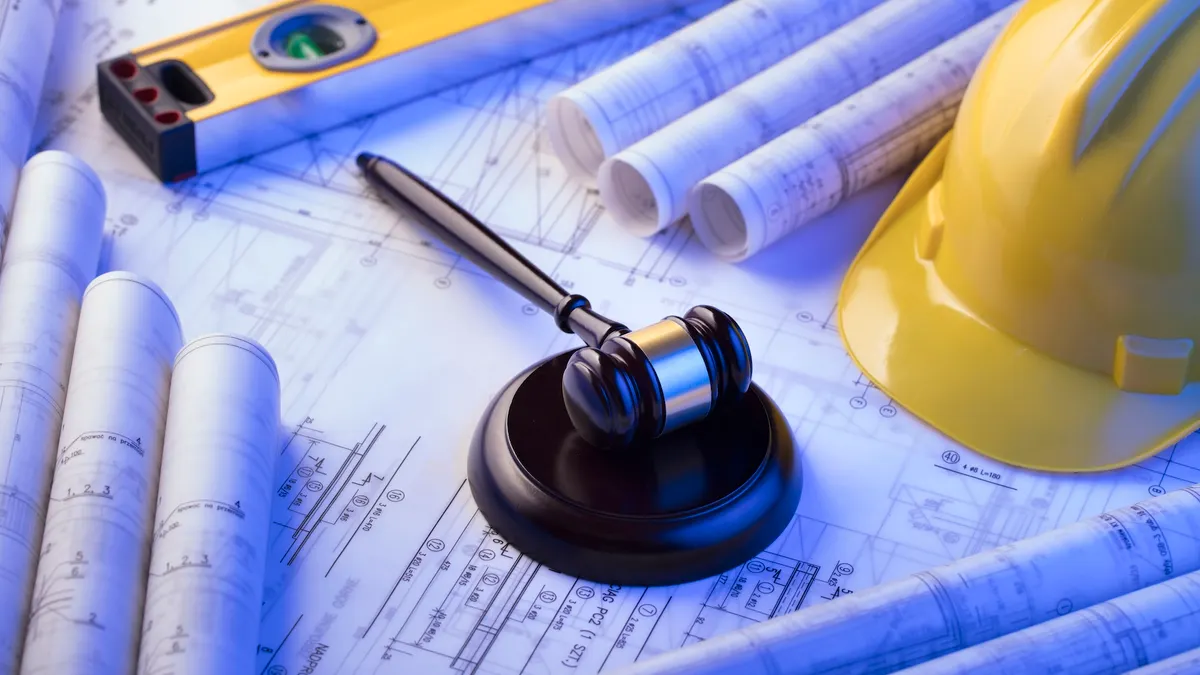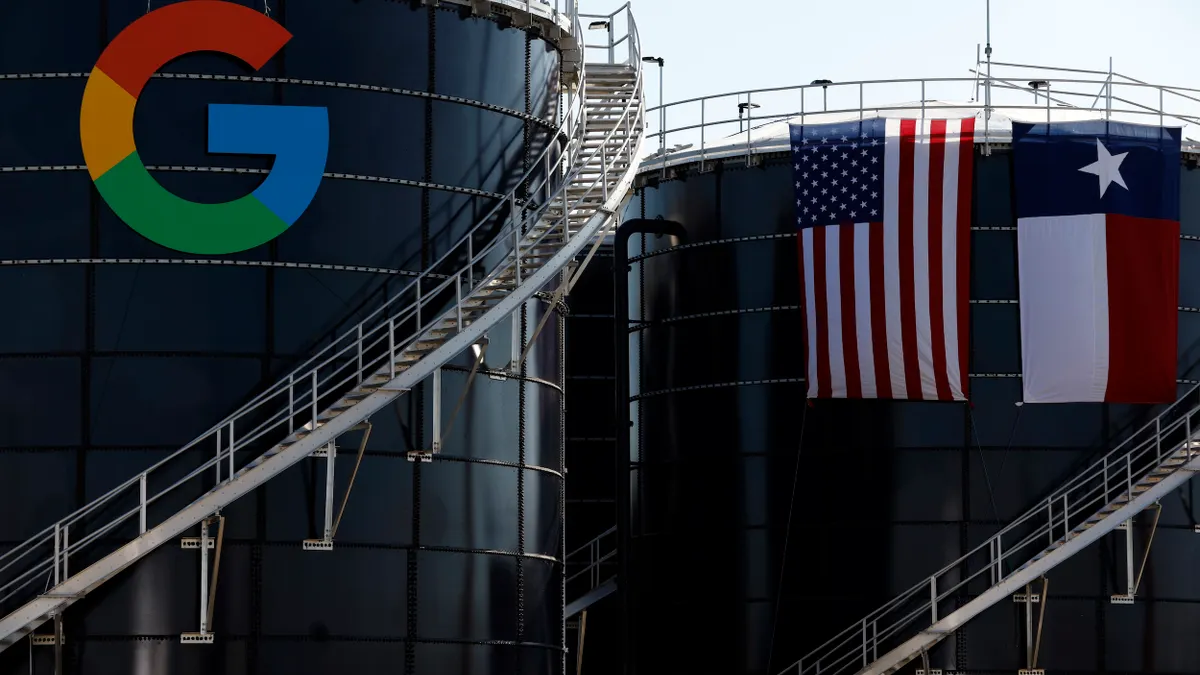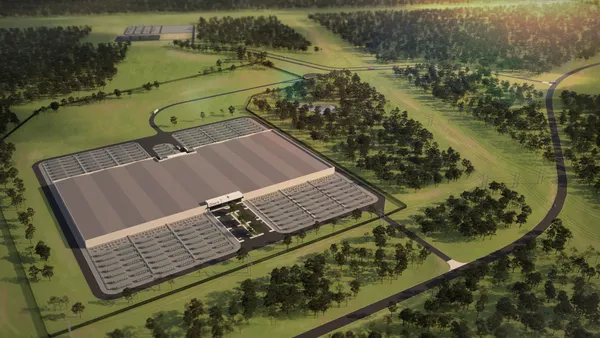Suffolk is opening a new office in Newport Beach, California, to target healthcare construction from San Diego to Los Angeles.
The Boston-based contractor sees growing demand along the West Coast corridor, especially as hospitals look to modernize aging facilities. To lead that growth on the other side of the country, the firm appointed construction veteran Stephen Green as general manager of the Newport Beach office.
Green brings decades of experience managing large-scale healthcare projects, according to the July 24 release. His past roles include leadership positions at San Mateo, California-based Truebeck Construction; Auburn, Alabama-based Rabren General Contractors; Atlanta-based Fulcrum Construction; and Birmingham, Alabama-based Hoar Construction, according to his LinkedIn profile.
The Southern California expansion arrives weeks after Suffolk broke ground on a $750 million hospital project in White Plains, New York. On that jobsite, Suffolk is deploying its proprietary artificial intelligence-based steel tracking software, a tech-forward approach the company now seeks to replicate on the West Coast.
Here, Green talks with Construction Dive about the firm’s strategy in California, healthcare building trends and how it’s using AI on jobs.
This interview has been edited for brevity and clarity.
CONSTRUCTION DIVE: What are healthcare clients in Southern California prioritizing in their projects right now?
STEPHEN GREEN: Healthcare clients in Southern California prioritize flexibility, speed to market and minimizing disruption to ongoing operations.
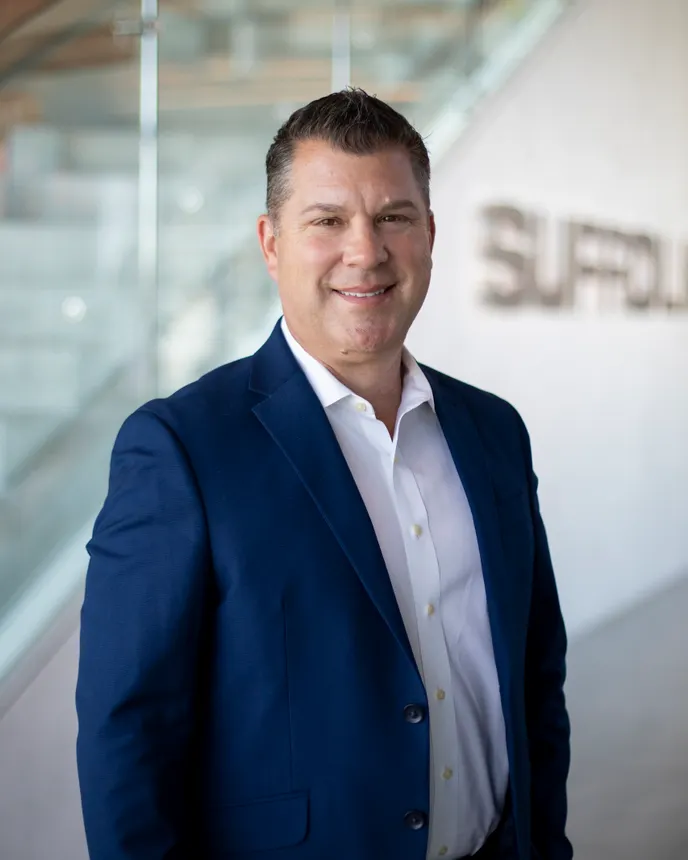
Our preconstruction teams collaborate closely with clients from day one to define scope, align budgets and lock in realistic schedules to provide cost certainty and avoid costly surprises during construction.
By combining innovative tools and AI-powered platforms with expertise and thorough upfront planning, Suffolk drives predictability in our projects.
Suffolk has emphasized its use of tech such as AI and predictive analytics. What does that look like during construction?
Suffolk’s use of AI, predictive analytics and dashboards with real-time data translates into tangible benefits for hospitals and health systems.
Immediate access to project dashboards gives owners, hospital administrators and facilities teams clear visibility into construction progress, timelines and budget performance. It allows them to make informed decisions.
Suffolk uses AI to manage materials deliveries and logistics with precision, which results in supplies that arrive just in time and the reduction of unnecessary disruptions, traffic or storage issues.
This is especially important in active healthcare environments where construction activity is occurring adjacent to patient care areas. Predictive analytics solutions help the team anticipate potential challenges such as schedule issues and operational risks before they become major problems.
The result is fewer interruptions to hospital operations in sensitive, high-stakes environments.
What makes the San Diego-Los Angeles area especially competitive for healthcare construction?
The San Diego–Los Angeles corridor is driven by population growth and aging infrastructure.
We’re seeing fewer large-scale healthcare projects than in years past. At the same time, there’s consistent activity around smaller efforts like tenant improvements and targeted renovations.
Given those conditions, we're strategically pursuing smaller-scale projects like imaging suite remodels and emergency department upgrades, where our large-scale healthcare experience adds significant value. These projects offer meaningful opportunities to collaborate with clients, support their evolving needs and stay closely aligned with their long-term vision.
By combining our people with advanced technology and national resources, we’re positioned for long-term success in California’s healthcare market.
With construction costs still elevated and ongoing pressure from tariffs and labor constraints, how are you helping healthcare clients stay on budget and on schedule in this environment?
Process, teams and technology allow us to closely manage healthcare projects so we can deliver them safely and predictably on budget and on schedule.
By leveraging tools like Trunk Tools and Rugged Robotics, we automate repetitive and time-consuming tasks to create efficiencies on our jobsites.
What other trends or challenges in healthcare construction are you keeping a close eye on in the second half of 2025?
Healthcare systems across California are facing a growing need to address critical structural performance category and nonstructural performance category upgrades required by Senate Bill 1953.
Senate Bill 1953 gives California hospitals until 2030 to complete structural and utility-related seismic upgrades to stay operational after a major earthquake. It’s a big driver of infrastructure investment right now and a major factor shaping healthcare construction across the state.
These structural and utility improvements are essential but non-revenue generating, so they must be delivered efficiently to avoid diverting resources from patient care.
At the same time, we’re closely watching emerging opportunities in research and lab space, particularly in regions like Northern California. As healthcare systems increasingly align with biotech and academic partners, Suffolk’s experience in life sciences construction positions us to deliver the highly technical, precision-driven environments these partnerships demand.



